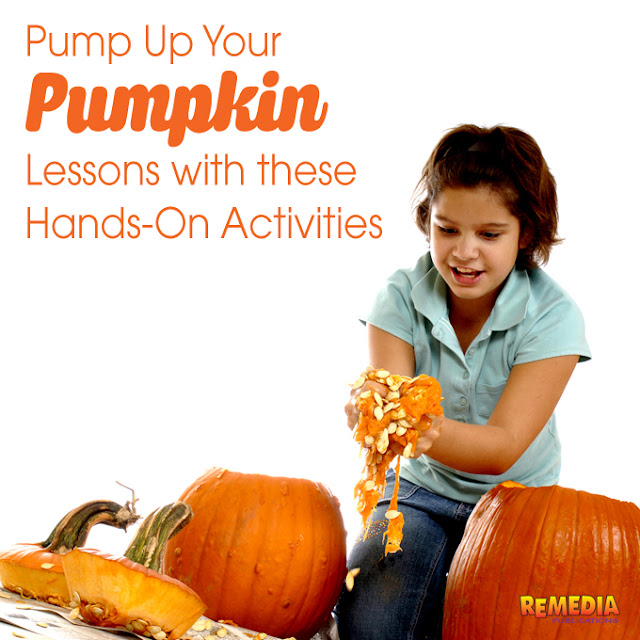You will need:
- Fresh/raw pumpkin seeds
- Cooked or store-bought pumpkin seeds
- 4 shoe boxes with lids or empty tissue boxes
- Scissors (to cut holes in boxes, not necessary if you use tissue boxes)
- Tape (to keeps lids closed, not necessary if you use tissue boxes)
- Blind fold or bandanna
- Put fresh/raw pumpkin seeds in 3 of the 4 boxes and label them:
Touch – Cut a hand-sized hole in this box. Have the children put their hands in the box and feel the slimy/wet seeds
Sound – No holes necessary on this box. Tape the lid onto this box extra tight. Instruct the students to rattle and shake the box.
Taste – Add cooked or store-bought seeds to this box. Cut a hand-sized hole in the box. Blind fold students and hand them a pumpkin seed to eat (know your students’ allergies before allowing them to participate in this box).
Sight – for a unique and fun challenge, skip sight. Students will all get to use sight in the next activity.
- Have students sense only one box each. Allow a handful of students to sense all four boxes. This will add to your discussion later and improve students' understanding of their senses.
- After each student senses their assigned box, have them return to their desk and write down their guesses. Even have them draw a picture of their guess.
- When the students have made their guesses, discuss what they felt, smelled, tasted, and heard. Encourage them to use descriptive words—sticky, cold, salty, crunchy, rattle, etc.
- Ask students why they guessed what they guessed. Use this opportunity to dive into a deeper discussion on the five senses.
Pumpkin ProjectsPump up your pumpkin science lessons with this sensory activity from @remediapub
{ Tweet This }
Now that students have experienced the pumpkin with their other senses including sight. Let them see the pumpkin.
- Ask them to guess how many lines the pumpkin has. Count the lines with them.
- Cut open the top of a pumpkin. Let all of the children observe the inside and describe it.
- Have students help you clean out the pumpkin and separate the seeds on newspapers.
- Put any amount of seeds in a jar. Have students guess how many seeds are inside the jar. Have them write down their estimates.
- Have students plant a few of the seeds in clear cups so that they can watch them grow. Display the growing seeds in a prominent place. Have student draw the plant’s progress each day.
- Dip dried pumpkin seeds in bowls of food coloring. Then let them dry. Have students use these in their next math activity or art project.
- If you plan to carve the pumpkin, have students draw the face they would like you to carve. Then take a vote.
- Pumpkin Pumpkin by Jeanne Titherington
- The Vanishing Pumpkin by Tony Johnston
- The Pumpkin Book by Gail Gibbons

